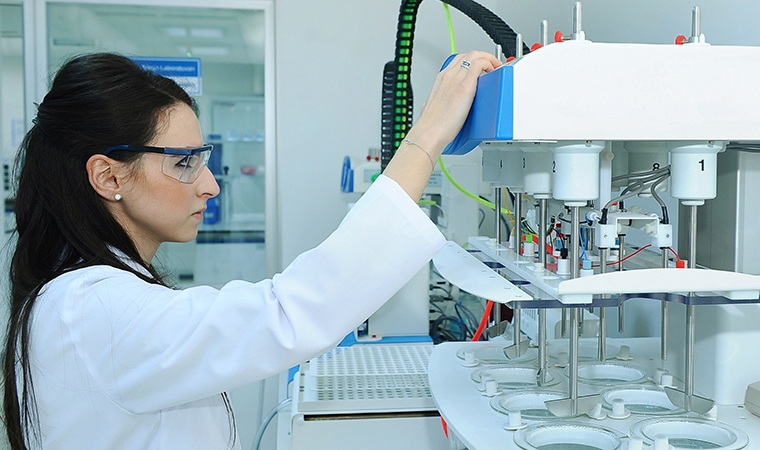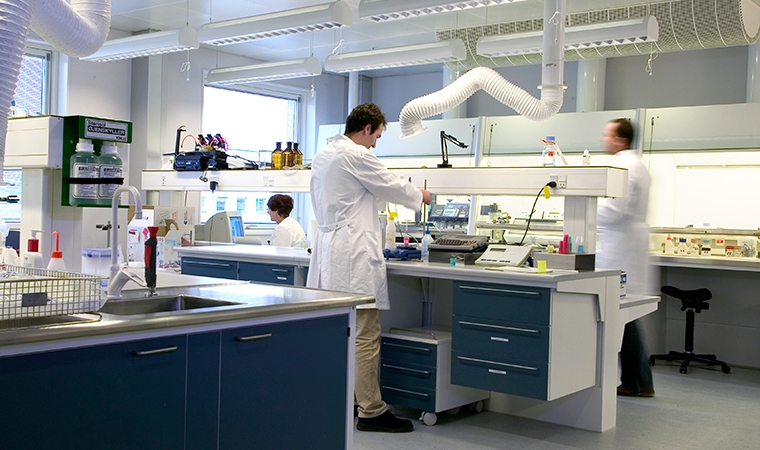A robust control strategy is non-negotiable. Not only is it vital for making products, but it's also a key driver for equipment qualification, process validation, and lifecycle management. It is also a good manufacturing practice "must" in the pharma manufacturing process.
Aptly named, a control strategy is a planned set of controls that are taken from a current product and a thorough understanding of its production process. A control strategy ensures the process performs as it should and maintains quality. It must also comprehensively consider the patient, while showing how these controls ensure product safety, efficacy and quality.
You can establish a control strategy by using enhanced Quality by Design principles or by using a more traditional minimal development approach. Whichever method you choose, it must be implemented early on in facility design and considered throughout all cyclical phases with the patient in mind.
Read on for five key steps towards creating a patient-centric control strategy:
The development of a control strategy requires a structured process and a multi-disciplinary team of experts to link pharmaceutical development to the manufacturing process and engineering controls of process equipment.
1. From patient to product - outline the quality target product profile (QTPP)
Patients or healthcare professionals will give their input on how the product should ideally be designed. These patient needs are outlined in the QTPP under quality characteristics, and include administration form, dosage, purity and container closure system.
2. From product to process - identify the critical quality attributes (CQAs)
Once the QTPP is defined, you must identify the CQAs and rate them by severity, with an emphasis on the product safety, efficacy and quality. In other words, what is the consequence for the patient if the CQA varies?
Then, you should evaluate the proposed manufacturing process steps and the material used in relation to their impact on the different CQAs.
3. From process to production - an evaluation using scientific and risk-based prinicples
Each identified process step (where the process parameter could have a potential impact on a CQA) should then be evaluated using scientific and risk-based principles.
Variations in the CQA should also be evaluated depending on differences in the process parameters and material quality. This can occur, for example, when there is a failure in the process, or a difference in raw material quality.
To determine risk, you must combine this knowledge with a facility-dependent evaluation of the likelihood of failure, and the probability of detecting the failure mode. The outcome of the process risk assessment, such as a Process FMECA or FMEA, shapes the control strategy, including the identified risk control measures and monitoring setup.
4. From equipment to process to product - what are the critical aspects?
Aspects of equipment that have an influence on CQAs are often referred to as critical aspects (CAs). A CA might be a critical process parameter and its control system or a design feature of the equipment.
These CAs must be identified during the process risk assessment. This ensures that the equipment qualification plan and equipment maintenance plan can be integrated into the overall control strategy.
5. An interdisciplinary approach
To develop a control strategy you need structure - but you also need to involve a multi-disciplinary team of experts. In doing so, you link pharmaceutical development to the manufacturing process and the engineering controls of process equipment. Since both the process and the solutions overlap and are interdisciplinary, the control strategy must reflect that.



